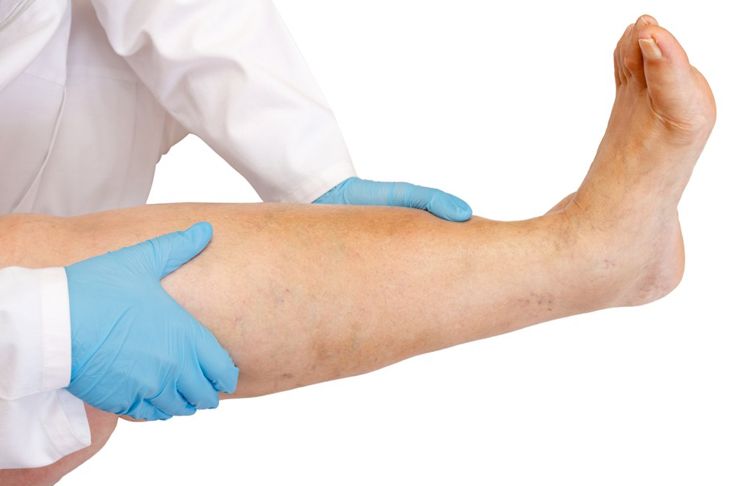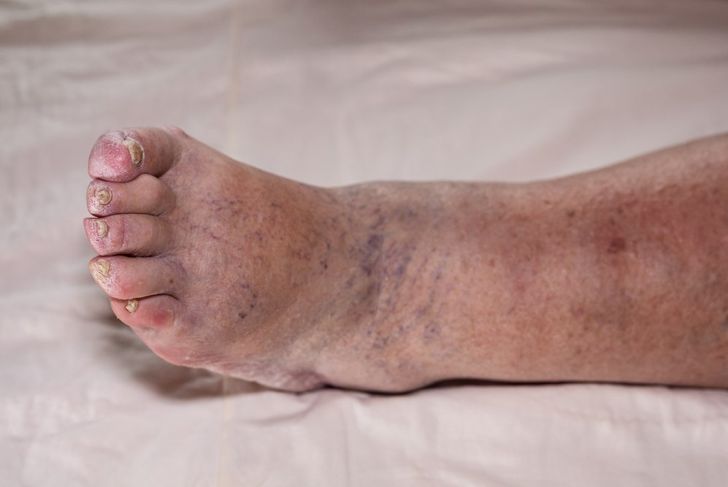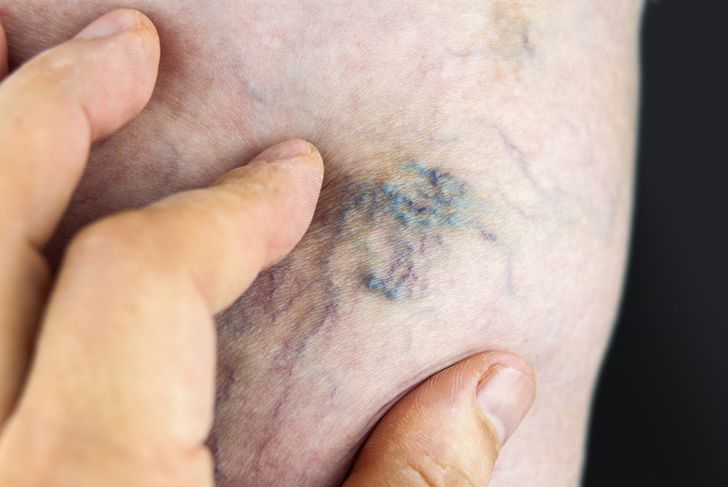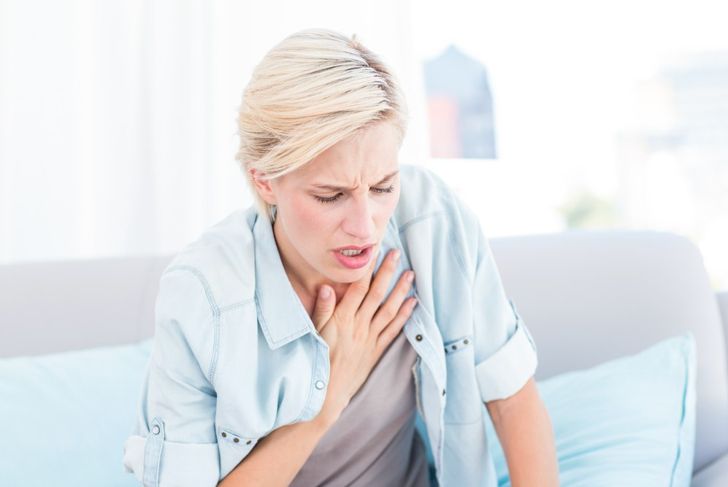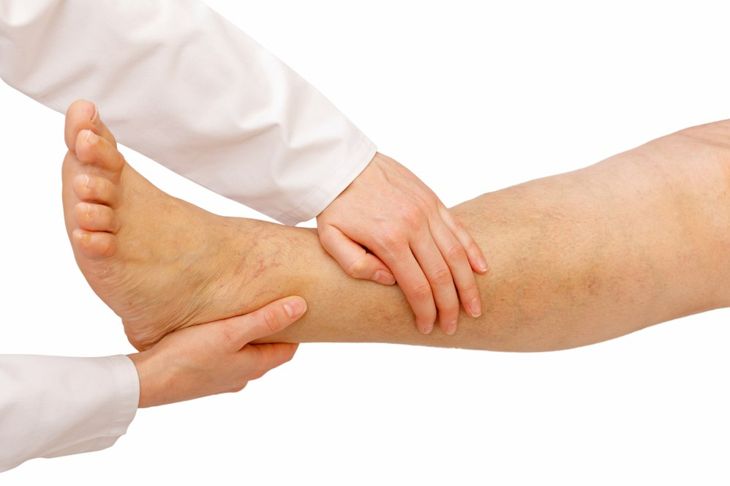Deep vein thrombosis, or DVT, is a potentially serious condition where a blood clot forms in a deep vein of the body. In most instances, DVT produces symptoms in the lower extremities. This is because both superficial and deep veins are present in the limbs. Clot formation in the deep veins of the legs leads to circulatory issues in blood distribution. This produces various functional anomalies in the body. If left untreated, lethal health-related complications may arise; hence, early diagnosis and medical attention is crucial. Here are some of the most common signs of deep vein thrombosis.
Swelling
Inflammation associated with deep vein thrombosis usually occurs in the lower extremities of the body, particularly a portion of the leg, ankle or foot. Though the condition is usually associated with symptoms in the leg area, technically, it could affect any part of the body where deep veins exist, such as the arms or chest. DVT swelling can appear without the evidence of any outward trigger, and it intensifies significantly within about 24 to 48 hours. This sudden and seemingly random inflammation may alarm patients who are yet undiagnosed.
Pain and Tenderness
The localized swelling is accompanied by pain and tenderness in the affected area. The pain may be mild or severe. It is typically described as a cramping sensation that begins in the calf region of the affected foot and soon spreads to other areas. Often, the affected area may not just be painful but tender as well, such that friction with any surface causes discomfort. It is noteworthy that in many cases, no symptoms are present at all. Alternately, discomfort may arise only as one is standing or walking. This leads to the usage of painkillers for the alleviation of pain. This is not advisable since self-medication in DVT patients is usually ineffective. A medical professional can help determine what is necessary for successful treatment.
Reddened, Discoloured, Warm Skin
Those with DVT may notice redness and discoloration of the affected skin. This is often what alerts them to the possibility of having a potentially serious disease. The skin usually develops a pinkish-red tinge which soon intensifies to a deep maroon. Conversely, the discolored skin may appear blue, which is a sign of the blood clot preventing effective blood circulation. In addition to the discoloration, affected skin may also feel warmer to touch at the site of inflammation. The change in appearance and feel of skin is a major warning sign that should encourage someone to go in for a medical assessment. Once treatment begins, the discoloration and warmth of skin disappear quickly.
Visible Veins
In instances where the disease reaches an advanced state remaining unchecked, veins become more prominent and visible in the affected area. The clot looks like a tough, thickened cord on the surface of the skin. The surrounding surface veins seem engorged. The enhanced visibility of nerves is a consequence of stressed vein membranes which assume a more rigid form due to restriction in blood flow. The veins don’t just become more visible on the skin surface, but they can also be felt easily through the epidermis. Visible veins generally signify that the condition is fast becoming serious. You should consult a physician immediately.
Localized Fatigue
DVT patients often complain of localized fatigue. They feel that their limbs are very tired with or without exertion. This fatigue is different from muscle soreness caused by overstraining or leg pain that comes from sprains and injuries. Instead, the tired legs feel weighty and immobile, with patients being averse to moving them too much for any purpose. Someone with DVT may experience localized fatigue before any other symptoms appear. However, it usually goes unnoticed. Additionally, this feeling of tiredness in limbs often persists after treatment and recovery, especially in those having a weaker immune system.
Pulmonary Issues
A potentially life-threatening complication associated with deep vein thrombosis is a pulmonary embolism. This occurs when the blood clot from the affected vein travels through the blood to the lungs, thereby compromising pulmonary function. People who develop this condition tend to be short of breath often and feel dizzy and lightheaded. They also experience discomfort in the chest. If such symptoms appear, you should seek medical attention immediately.
Feverish Skin
Another common sign of DVT is a low-grade fever around 101 degrees Fahrenheit. This happens because the blood clot detaches and enters the bloodstream. With the elevation in the core body temperature, the person tends to experience a wide range of symptoms, such as diminished appetite, headache, and body weakness. In some cases, fever can even result in confusion, irritability, disturbances, and hallucinations. Generally, these additional symptoms are only present when the body’s temperature is between 103 degrees and 106 degrees Fahrenheit.
Tenderness
In most cases, the affected skin becomes extremely tender to touch, though there is no evidence of bruising on the skin. The veins under the skin can become visible. This usually happens only once the blood clot reaches a large size. One may also note the fact that even if the blood clot is present in one leg, tenderness can be visible in both the legs.
Patchy Skin
Deep vein thrombosis can cause red, patchy skin on the afflicted leg. Raised scaly patches can result in swollen and painful inflammation along the thigh or calf muscles. Red blotches and discolored skin is one of the leading signs of DVT.
Bloody Coughing
A cough with bloody mucus is one of the prime signs of DVT. Sudden coughing can result in bloody sputum. Usually, a person spitting blood will notice a rapid pulse which will be accompanied by light-headedness and fainting.

 Home
Home Health
Health Diet & Nutrition
Diet & Nutrition Living Well
Living Well More
More